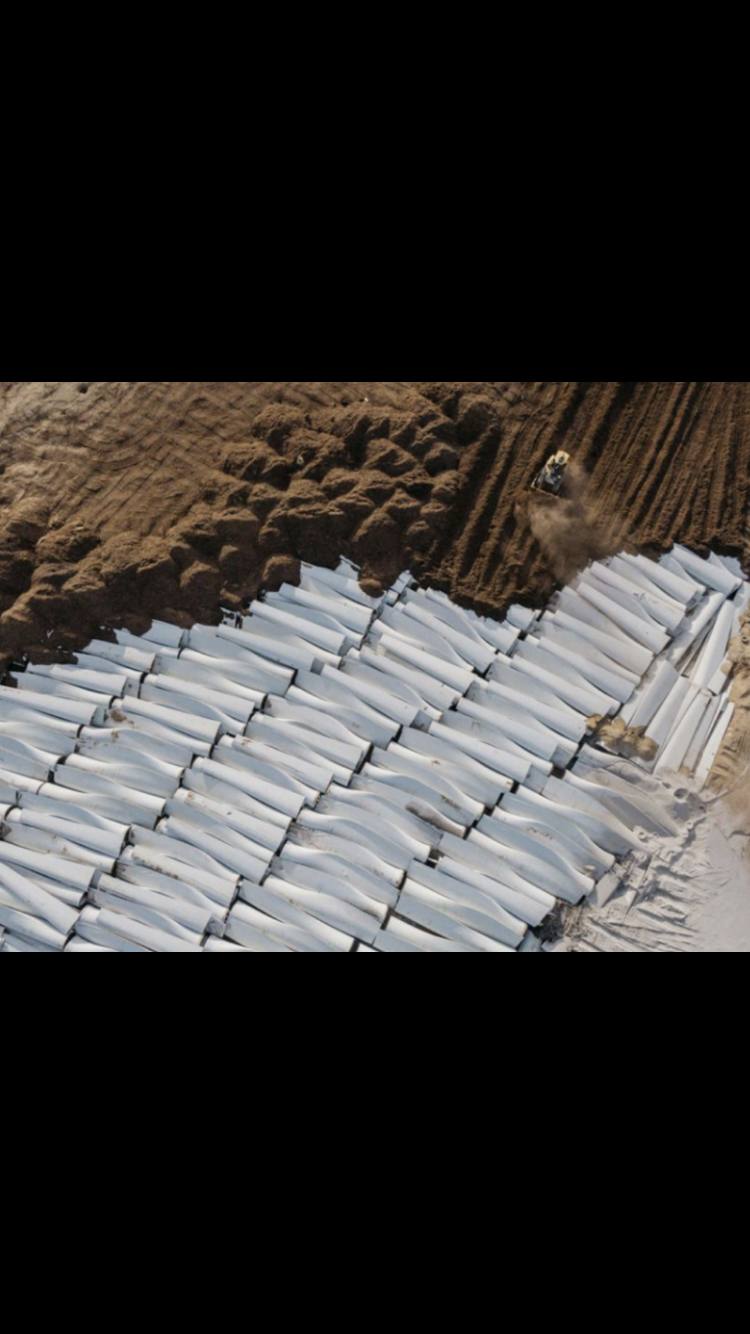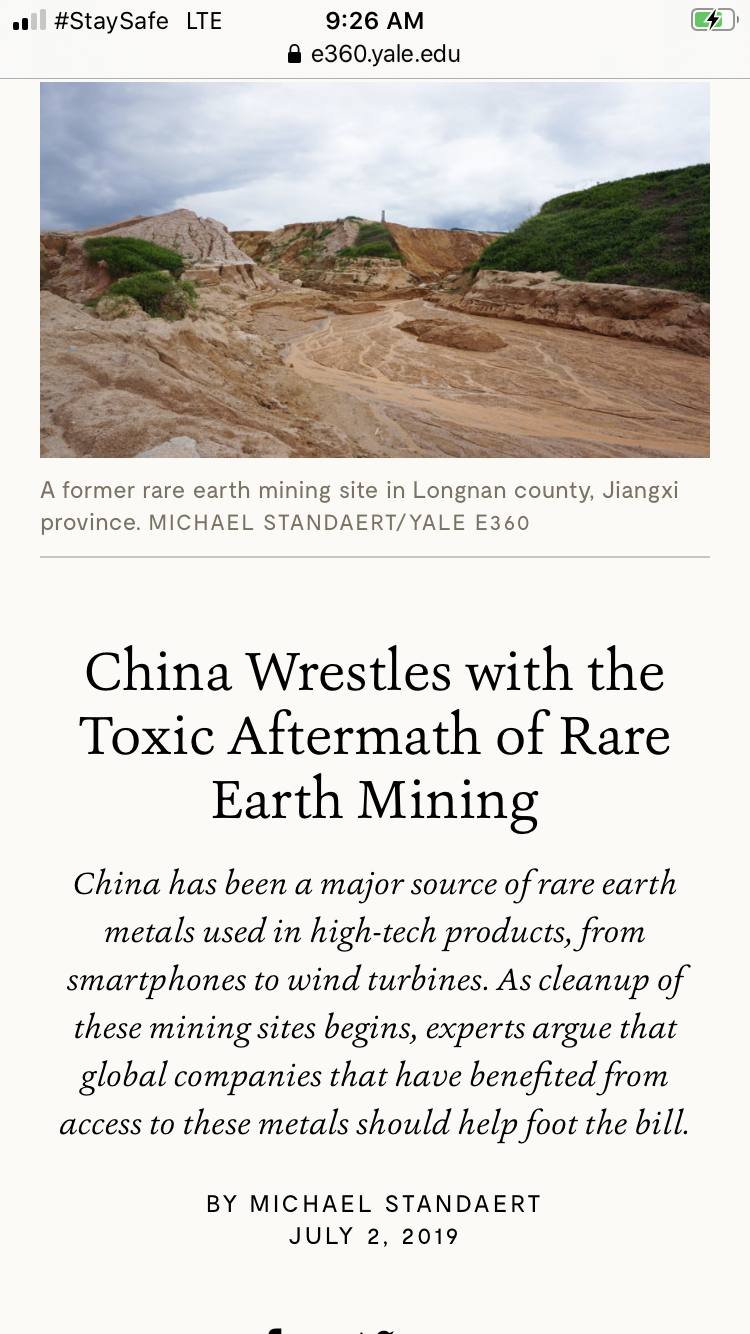https://www.theglobeandmail.com/opinion/editorials/article-the-oil-sands-have-a-future-and-it-includes-polluter-pays/ https://www.theglobeandmail.com/opinion/editorials/article-the-oil-sands-have-a-future-and-it-includes-polluter-pays/
The oil sands have a future, and it includes polluter pays
The Editorial Board
Published 15 hours ago
Updated September 7, 2020
A central tenet of industrial development is the polluter-pays principle: Those who profit must pay for the mess generated by pulling resources from the ground or turning raw materials into goods. If you want to own the upside, you’ve got to own the downside.
This principle is widely agreed upon, yet through decades of development, everyone knows it has not always been the rule. There are many examples. Take the Giant Mine, near Yellowknife. It was one of Canada’s oldest gold mines, but after trading through various corporate hands numerous times, the last owner went bust and left behind 237,000 tonnes of arsenic trioxide. Giant is part of a $2.2-billion taxpayer-funded cleanup of eight abandoned northern mines that will take 15 years.
A shift began in the late 1990s. The Canadian Environmental Protection Act of 1999 enshrined the polluter-pays principle. In 2003, the Supreme Court ruled unanimously in favour of the Quebec government against Imperial Oil in a polluter-pays case. More recently, Canada’s top court last year ruled 5-2 for the polluter-pays principle in a case that put companies’ obligations to clean up old oil wells ahead of creditors in the event of bankruptcy.
This page strongly supported that decision and called for tougher rules to avoid problems in the first place. The last thing Canadians should want are privatized profits, and socialized liabilities. This page also cited the ruling’s key first lines: “The oil and gas industry is a lucrative and important component of Alberta’s and Canada’s economy. The industry also carries with it certain unavoidable environmental costs and consequences.â€
Which brings us to news last week of a report that found some of the tailings ponds in the Alberta oil sands are leaking into groundwater in the region. It started with a complaint from environmental groups and was investigated by the Commission for Environmental Cooperation (CEC), a group operating under the former and current continental free-trade agreements. The report found “consistent evidence of seepage,†based on data submitted from industry on the Syncrude mine. The science showed this is not naturally occurring and is in fact “discharges from tailings ponds.†The work also showed two tributaries of the Athabasca River are “suspected†of being tainted.
Oil sands mining, like all mining, involves tailings ponds. The waste is stored for years but eventually is supposed to be cleaned up. Bitumen comprises only about 10 per cent of the earth mined, so there is lots of waste, including “acutely toxic†materials such as naphthenic acid.
The CEC’s latest findings are not about long-abandoned mines or operators who went broke decades ago. Syncrude is majority-owned by Suncor Energy, one of the oil patch’s biggest companies. The findings hint at potentially big problems, but also present an opportunity to address them sooner than later.
The report also reminds the industry, and taxpayers, of the challenge of eventual remediation in the oil sands. While companies such as Suncor are losing money this year, they booked multibillion-dollar profits last year, even with relatively low oil prices. There’s no reason to assume the public must subsidize any future cleanup.
The oil sands have been mined for more than half a century but only a fraction has been cleaned up. Syncrude, which opened in 1978, has permanently reclaimed 38 square kilometres, amid 900-plus square km that have been industrialized in the region. Suncor has reclaimed a tailings pond of two square km that was first used in 1967.
There is a lot of work left to do. Critics rightly argue that rules around cleaning up the oil sands are not strong enough. This is similar to lax rules for old wells. Even after Alberta tightened those standards this year, there are no deadlines for cleanups. (British Columbia, in contrast, has imposed timelines.) Meanwhile, Canadian taxpayers are spending $1.7-billion to start remediating thousands of orphan wells in Western Canada.
In the oil sands, Alberta and Canada have to make sure the mistakes of the past are not repeated. One easy fix highlighted by the report on tailings pond seepage is the absence of co-operation between Ottawa and Edmonton, despite an agreement to work together. Getting the federal government and the province on the same page should be the the first step in entrenching polluter-pays in principle, and in practice.
The oil sands have a future, and it includes polluter pays
The Editorial Board
Published 15 hours ago
Updated September 7, 2020
A central tenet of industrial development is the polluter-pays principle: Those who profit must pay for the mess generated by pulling resources from the ground or turning raw materials into goods. If you want to own the upside, you’ve got to own the downside.
This principle is widely agreed upon, yet through decades of development, everyone knows it has not always been the rule. There are many examples. Take the Giant Mine, near Yellowknife. It was one of Canada’s oldest gold mines, but after trading through various corporate hands numerous times, the last owner went bust and left behind 237,000 tonnes of arsenic trioxide. Giant is part of a $2.2-billion taxpayer-funded cleanup of eight abandoned northern mines that will take 15 years.
A shift began in the late 1990s. The Canadian Environmental Protection Act of 1999 enshrined the polluter-pays principle. In 2003, the Supreme Court ruled unanimously in favour of the Quebec government against Imperial Oil in a polluter-pays case. More recently, Canada’s top court last year ruled 5-2 for the polluter-pays principle in a case that put companies’ obligations to clean up old oil wells ahead of creditors in the event of bankruptcy.
This page strongly supported that decision and called for tougher rules to avoid problems in the first place. The last thing Canadians should want are privatized profits, and socialized liabilities. This page also cited the ruling’s key first lines: “The oil and gas industry is a lucrative and important component of Alberta’s and Canada’s economy. The industry also carries with it certain unavoidable environmental costs and consequences.â€
Which brings us to news last week of a report that found some of the tailings ponds in the Alberta oil sands are leaking into groundwater in the region. It started with a complaint from environmental groups and was investigated by the Commission for Environmental Cooperation (CEC), a group operating under the former and current continental free-trade agreements. The report found “consistent evidence of seepage,†based on data submitted from industry on the Syncrude mine. The science showed this is not naturally occurring and is in fact “discharges from tailings ponds.†The work also showed two tributaries of the Athabasca River are “suspected†of being tainted.
Oil sands mining, like all mining, involves tailings ponds. The waste is stored for years but eventually is supposed to be cleaned up. Bitumen comprises only about 10 per cent of the earth mined, so there is lots of waste, including “acutely toxic†materials such as naphthenic acid.
The CEC’s latest findings are not about long-abandoned mines or operators who went broke decades ago. Syncrude is majority-owned by Suncor Energy, one of the oil patch’s biggest companies. The findings hint at potentially big problems, but also present an opportunity to address them sooner than later.
The report also reminds the industry, and taxpayers, of the challenge of eventual remediation in the oil sands. While companies such as Suncor are losing money this year, they booked multibillion-dollar profits last year, even with relatively low oil prices. There’s no reason to assume the public must subsidize any future cleanup.
The oil sands have been mined for more than half a century but only a fraction has been cleaned up. Syncrude, which opened in 1978, has permanently reclaimed 38 square kilometres, amid 900-plus square km that have been industrialized in the region. Suncor has reclaimed a tailings pond of two square km that was first used in 1967.
There is a lot of work left to do. Critics rightly argue that rules around cleaning up the oil sands are not strong enough. This is similar to lax rules for old wells. Even after Alberta tightened those standards this year, there are no deadlines for cleanups. (British Columbia, in contrast, has imposed timelines.) Meanwhile, Canadian taxpayers are spending $1.7-billion to start remediating thousands of orphan wells in Western Canada.
In the oil sands, Alberta and Canada have to make sure the mistakes of the past are not repeated. One easy fix highlighted by the report on tailings pond seepage is the absence of co-operation between Ottawa and Edmonton, despite an agreement to work together. Getting the federal government and the province on the same page should be the the first step in entrenching polluter-pays in principle, and in practice.



Comment